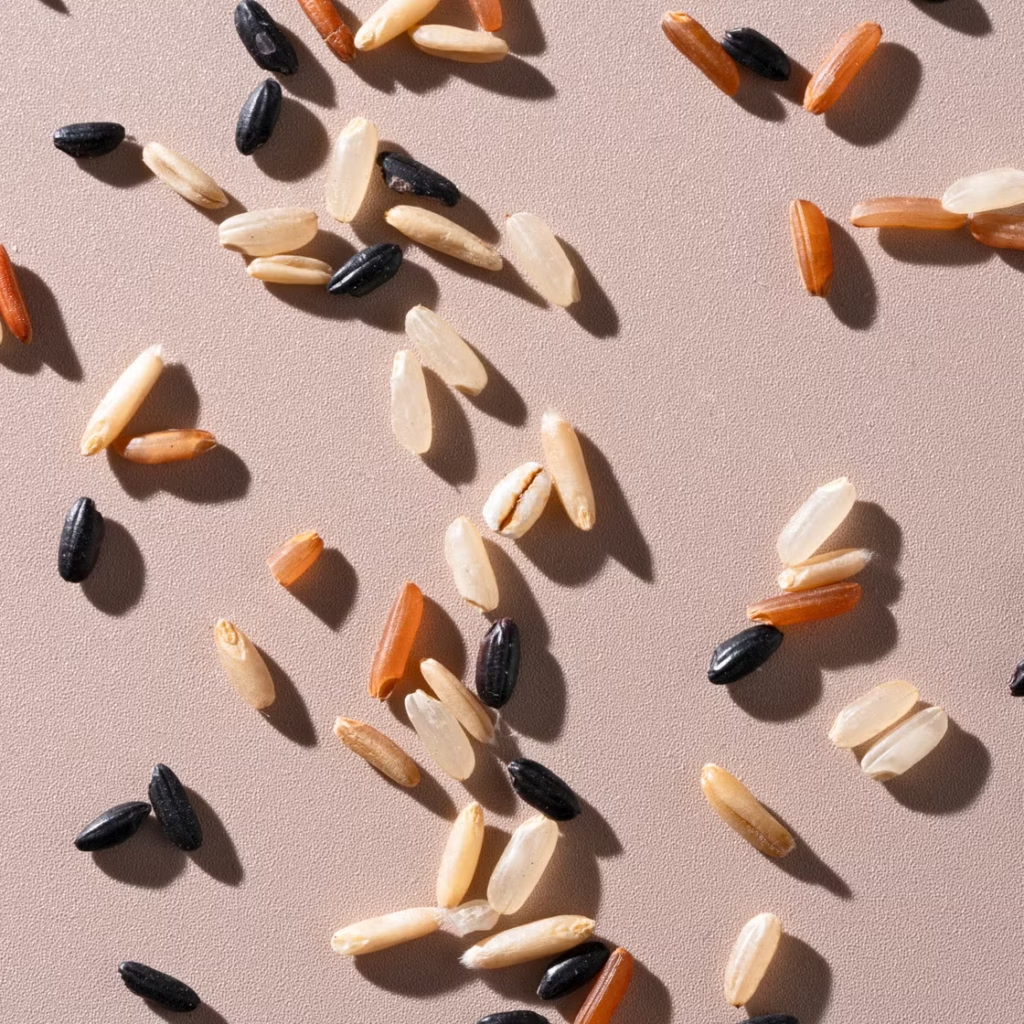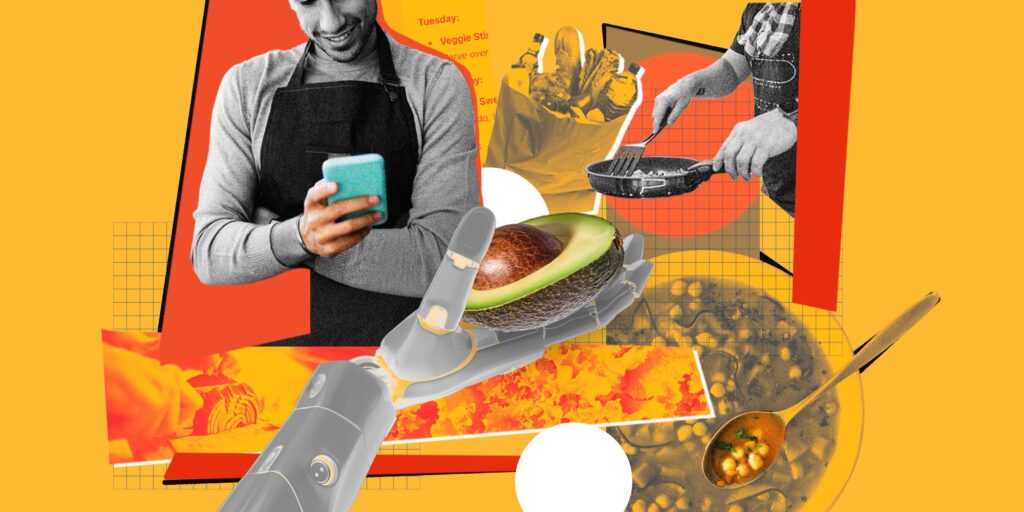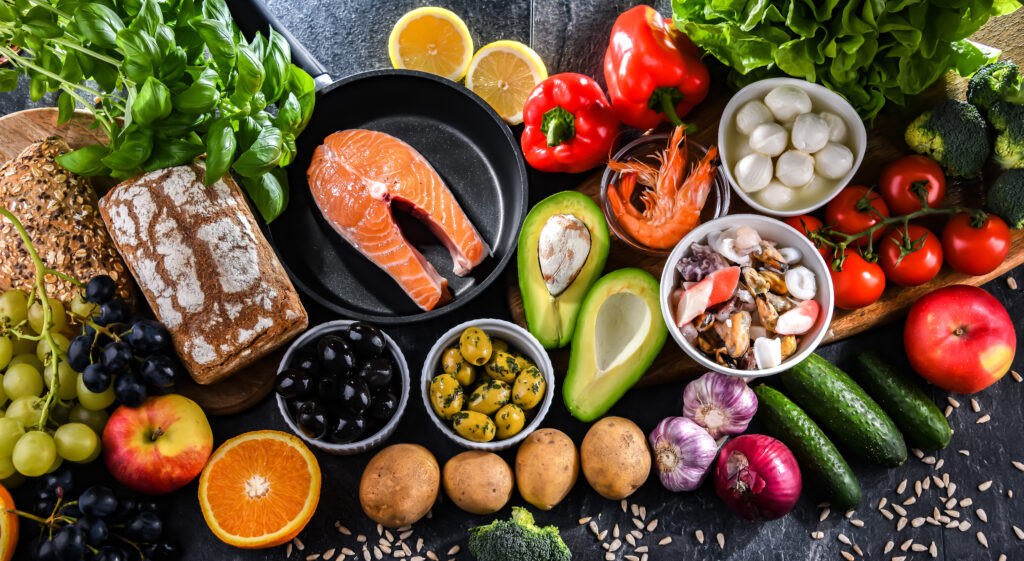To some, cooking up a steak may seem pretty simple, but with so many delicious options nowadays, it can feel difficult deciding what to sink your teeth into. Some steaks require little to no prep, while others require more care in the form of a moisture-inducing marinade.
Here’s my go-to steps to finding the right steak for you, the preparation and grilling that follow, all the way up to ultimately enjoying that meaty goodness!
PICKING OUT THE PERFECT STEAK
A couple of points to keep in mind when trying to work out which steak to grab include:
• A mouth-watering red colour
• Appears moist, but not wet
• A uniform shape – no cuts or ragged edges
• Should be firm and cold to the touch
• If buying from your local supermarket, ensure the packaging has no tears or excessive liquid
When picking out your steak, don’t shy away from those with a bit of extra fat. Those white flecks of fat within are called ‘marbling’ and should be sought after when looking for a tasty steak. Once placed on heat, this fat will dissolve and leave added juiciness in its place.
Below is a snapshot of the best type of grill-able steaks you’ll generally find at your local butcher or supermarket:
• T-Bone, Tenderloin, Ribeye and Scotch are all your classic cuts. Sirloin is a fantastic, rich-flavoured cut but be careful not to overcook it here as it can dry out quickly.
• Flank, Skirt and Tri-Tip are also great to throw on the grill if you marinate them beforehand.
• You can’t forget about Tomahawk steak – buttery, rich, thick, and juicy, the Tomahawk is the beast of all steaks!
WHAT YOU’LL NEED
• 1x Tomahawk steak- minimum 1kg and at least 2″ thick
• 3 tablespoons of a decent butter. I like to change it up and use different flavours of compound butters e.g. garlic/basil/rosemary.
• Cast iron skillet pan
METHOD
1. Apply a generous coating of Traeger’s ever-so-tasty Signature Rub to your Tomahawk – top, bottom and all sides. This amazing rub features a carefully curated blend of garlic and chili pepper, achieving an unbelievable dark crust once cooked.
2. Allow the steak to sit at room temperature for at least 45 minutes to an hour. If you have the time, I like to prepare the steak the night before and allow upwards of 24 hours for the rub to penetrate the meat for added flavour.
3. When you’re almost ready to start cooking, fire up your Traeger Grill to 105°C – utilising Super Smoke if your grill has this feature. Allow 15 to 20 minutes for things to heat up.
4. Place your steak directly on the grill grates. Insert the WiFIRE probe and close the lid and set the probe alarm to 50°C. If you’re stuck without the WiFIRE probe, grab a thermometer, and check the internal temperature of the steak after roughly 45 minutes. In the meantime, there’s no need to open the grill, touch, flip, or even spritz the meat.
5. Once your steak has reached the desired internal temperature, remove from heat, and wrap in aluminium foil for 10 to 15minutes (with a small vent for airflow).
6. Now is the time to place your cast iron skillet in your grill and increase your Traeger’s temperature to 230°C. Allow at least 20 minutes for your cast iron to get as hot as possible (you can even place it in the grill while your steak is still cooking).
8. Place steak directly on the cast iron and sear for 1 minute, then flip and sear for another minute. Leave a little longer if preferred, (guide below for internal ‘doneness’ levels) as this method will achieve just under medium rare.
9. Remove your steak and top with butter while it continues to cook, aiming for 58°C/medium rare before removing from the heat.
10. Finally, let your steak rest for another 10 minutes before digging in.
Serve with your favourite side dish – some favourites of mine are jacket potato, rocket and parmesan salad, or a couscous and grilled veggie salad.
Enjoy!
Below is a foolproof guide on achieving your desired “doneness”:
Rare: 50 to 55°C internally, with a red centre.
Medium-rare: 55 to 60°C internally, with some pink in the centre. Medium-well: 60 to 70°C internally, with a light pink centre. Well-done: 70 to 75°C internally, with a primarily brown centre.
Focusing on temperature instead of time, is preferred as there are a far greater number of variables in play that can impact your desired result (weight of steak/temp of steak/ grill temp).
The temperature you’re cooking at is crucial, as it sets off the Maillard Reaction. A chemical reaction between sugars and amino acids in the meat that occurs at around 150 degrees Celsius, creating hundreds of flavour compounds and aromas. Basically, this is what browns the meat, initiates that delicious smell, and makes your mouth water.















